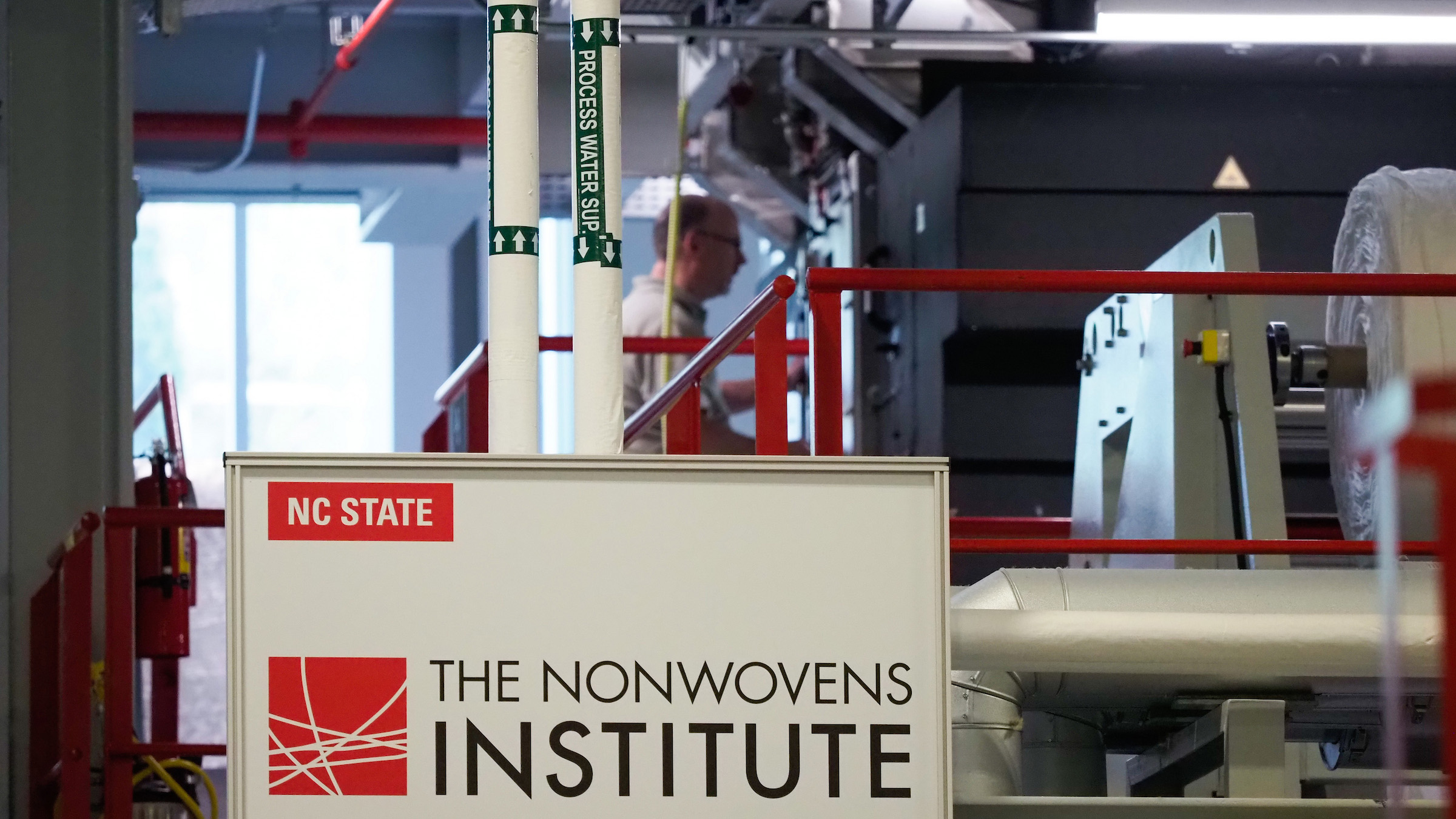It’s a few days before winter break and the dozen or so NC State research administrators meeting in a classroom at the Avent Ferry Technology Center are preparing for a trip. Each receives a passport, boarding pass and a small cardboard airplane, the perks of traveling with the Office of Research and Innovation. While the itinerary sounds exciting — “Around the World With RED” — they never leave the room. But at least they’re not stranded at Raleigh-Durham International Airport with hundreds of other holiday travelers.
This is an intensive training session for power users of the university’s Research Enterprise Data system, or RED, a multipart software program replacing a decades-old homegrown system for managing research projects across campus.
“This is big,” says Sherrie Settle, associate vice chancellor for sponsored programs and regulatory compliance, who is overseeing the rollout of two new RED modules, one for proposal tracking and another for post-award management.
How big?
Combined, these modules will serve as a kind of virtual control tower for NC State’s vast research enterprise, which generated $1.5 billion in proposals last year and brought in more than $400 million in new sponsored research funding. It’s a complex system that might challenge even the coolest air traffic controller, logging thousands of transactions a year tracking essentially every aspect of hundreds of research projects, from budgets and personnel to communications and reports.
And there’s no room for error. Research projects are subject to a dizzying array of state, federal and agency rules and regulations. Missing a deadline or filing the wrong form creates the kind of turbulence that can create a bumpy ride for researchers and administrators alike.
That’s why NC State has been taking its time rolling out the new RED modules; a process that began nearly four years ago with the launch of a module for managing the use of animals in research, then continued with a module for tracking conflicts of interest in 2020.


Settle says the key to successfully launching the upcoming modules later this year is listening to the people who will use them the most.
“We ran some listening sessions early in the process with a sampling of our college research offices,” she says. “Those who have used our legacy system for a long time have gotten pretty savvy about what they need.”
Settle ticks off the benefits of the RED system, including new data visualization options, tighter integration with the university’s finance system, customized reporting tools and a robust set of search features.
“It’s absolutely a net gain for NC State. While it’s taken us longer than expected to realize all that potential, we’re making great headway,” she says. “The ability to combine all of your research data — from your protocols, from your sponsor projects, from your non-monetary agreements — into one place and then linking them up correctly is something many researchers have wanted for ages.”
While the new modules are designed to keep NC State’s research projects soaring, they’ll require the buy-in and support of hundreds of users on the ground. Settle acknowledges that researchers and staff may need time to adjust to the new system. But, she says, the research office is committed to providing myriad training opportunities, including an online education and training portal.
“We’ll provide printed manuals, online resources, videos and drop-in office hours both before and after the launch of the new modules,” she says. “And we have a dedicated client specialist for RED, which is a new position created this year that we didn’t have before.”
If you’re wondering about the fate of the current award management system, called RADAR, don’t worry. Information stored in RADAR that users need will be moved into RED before the new modules go live.
And once researchers and staff get used to RED, Settle says, they won’t miss the old system. “RED provides much richer information than the legacy system, as well as more power for visualizing your data. I think the community is really going to appreciate the new tools for managing their projects through the life cycle.”
- Categories:



